How Return-to-Office Trends Are Reshaping Office Design
Traditional office work has undergone significant transformations in recent years, leading to a widespread shift toward remote and hybrid setups.
Posts about:
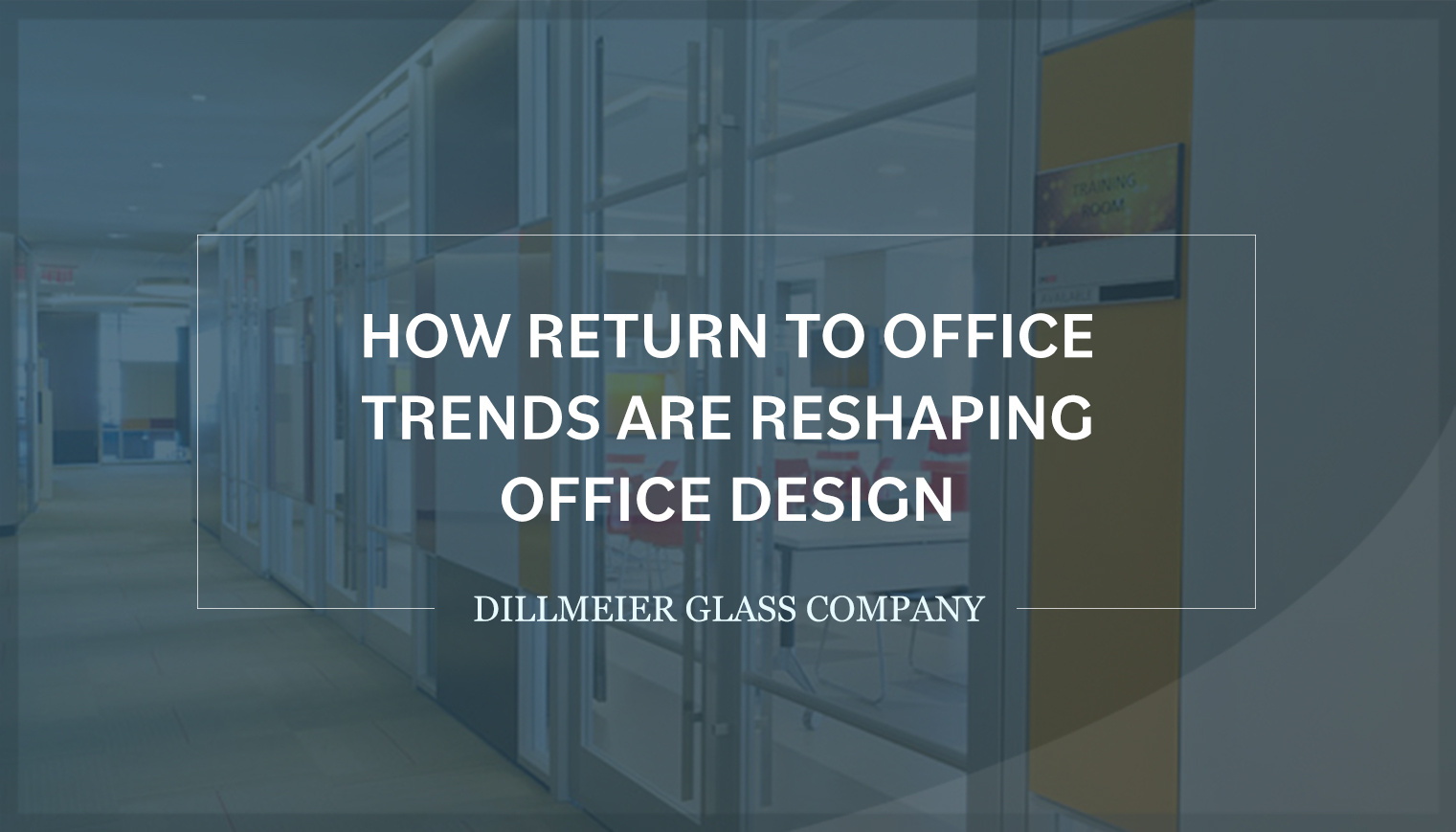
Traditional office work has undergone significant transformations in recent years, leading to a widespread shift toward remote and hybrid setups.
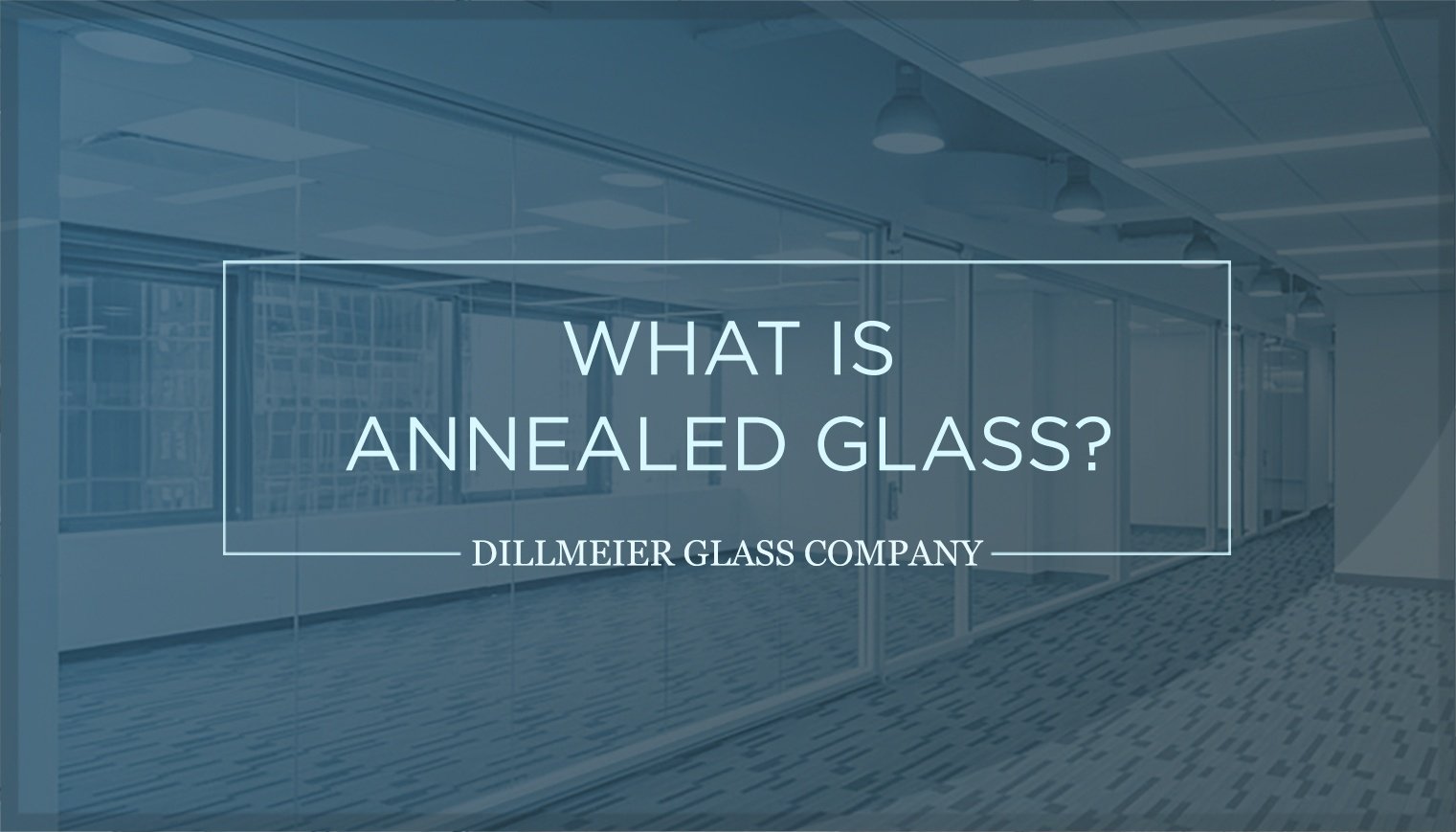
Editor’s Note: This blog was originally published in March 2018 and has been revised to reflect industry updates.
Glass is a major design component utilized in both commercial and residential construction projects—and for very good reasons. From its beauty to its versatility to its practicality, glass can serve a wide range of functions. Many may not realize, however, all the various treatments it can undergo to maximize its customizable properties prior to installation.
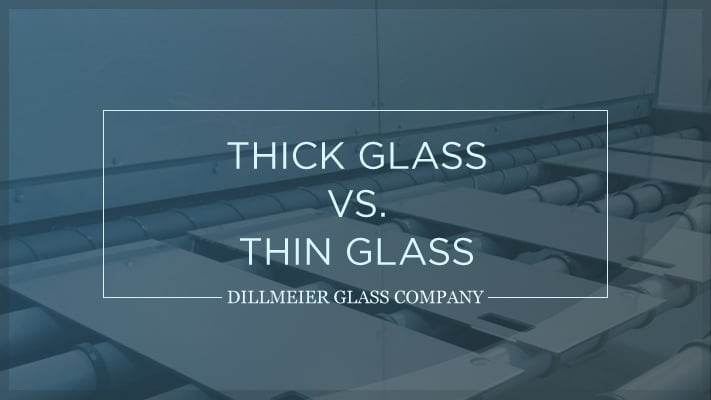
Editor’s Note: This blog was originally published in October 2016 and has been revised to reflect industry updates.
When ordering custom glass products, one of the most frequently asked questions is: What type of thickness are you seeking? While it might seem thicker glass is superior the answer is actually dependent on the specific application, use case, and finished product.
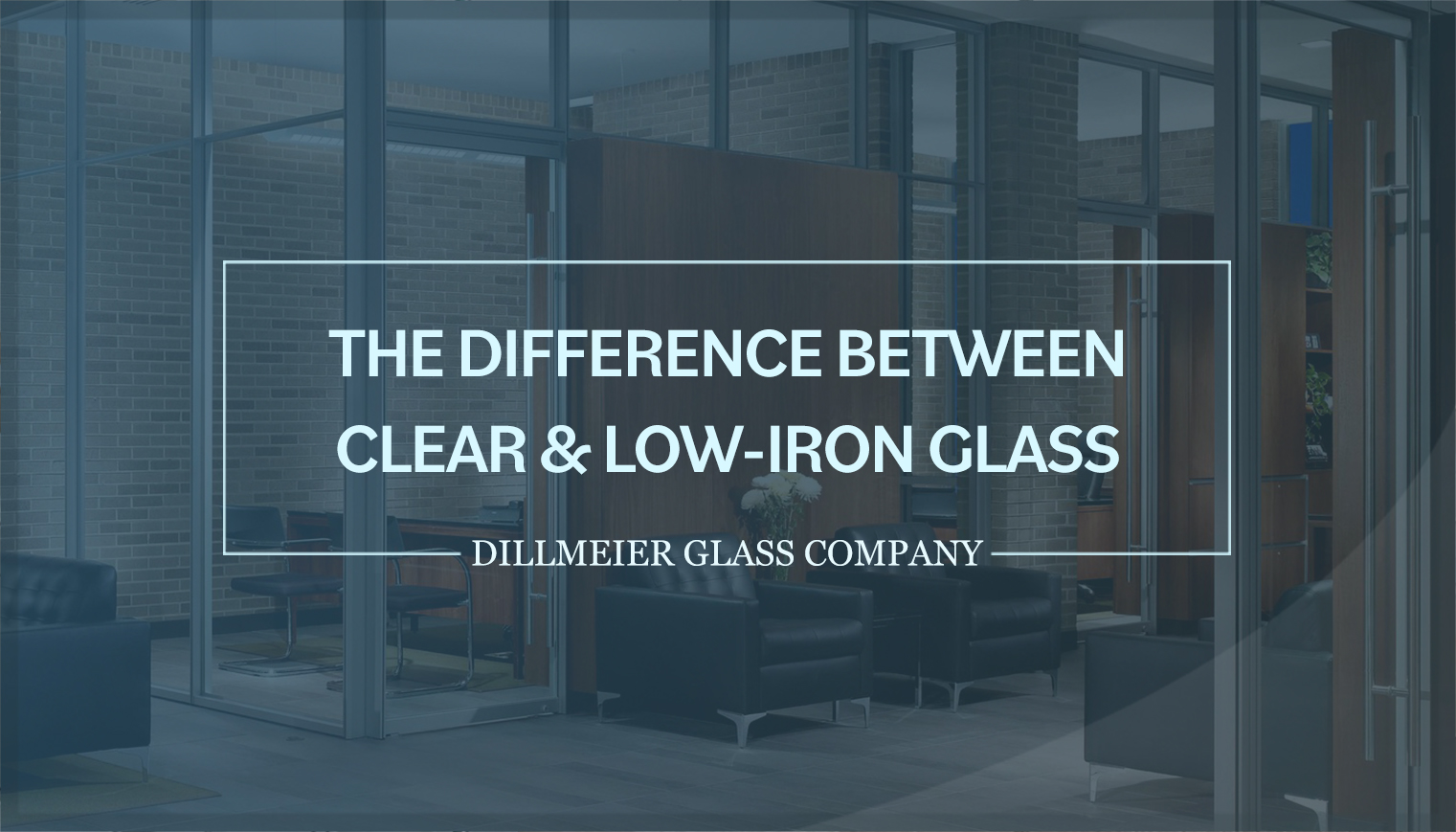
Editor’s Note: This blog post was originally published in December 2016 and has been revised to reflect industry updates.
You might think all glass is made the same. Yes, glass is available in different shades and shapes, but its actual composition cannot be altered, right?
This couldn’t be further from the truth.
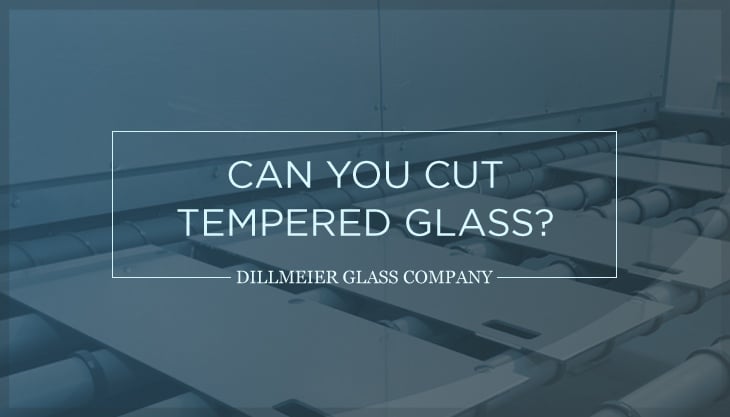
Editor’s Note: This blog post was originally published in February 2017 and has been revised to reflect industry updates.
Tempered or toughened glass is one of the most commonly used materials for commercial interiors—whether in a museum, retail store, office, restaurant, or other public spaces. Frequent applications include fixtures, doors, shelves, partitions, and table tops, just to name a few. However, you won't be able to cut glass once the tempering process is complete.
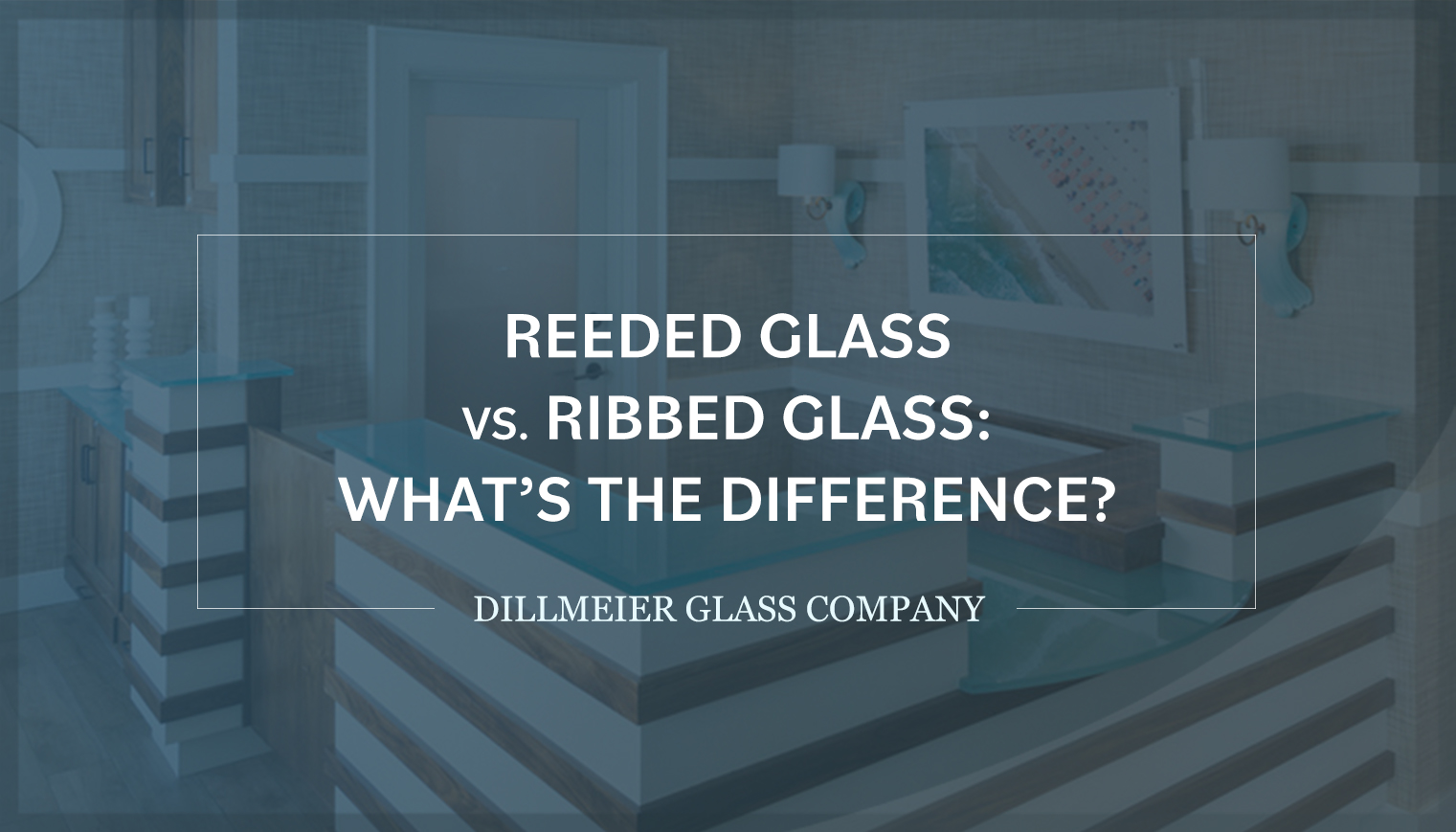
Editor’s Note: This blog post was originally published in March 2022 and has been revised to reflect industry updates.
If your project requires subtle hints of decorative elements while still promoting interior natural light, both ribbed glass and reeded glass are appropriate. Differentiated through thickness and groove levels, reeded glass provides a hollowed-out, inward look, while ribbed or “fluted” glass boasts a curve-like, outward appearance.
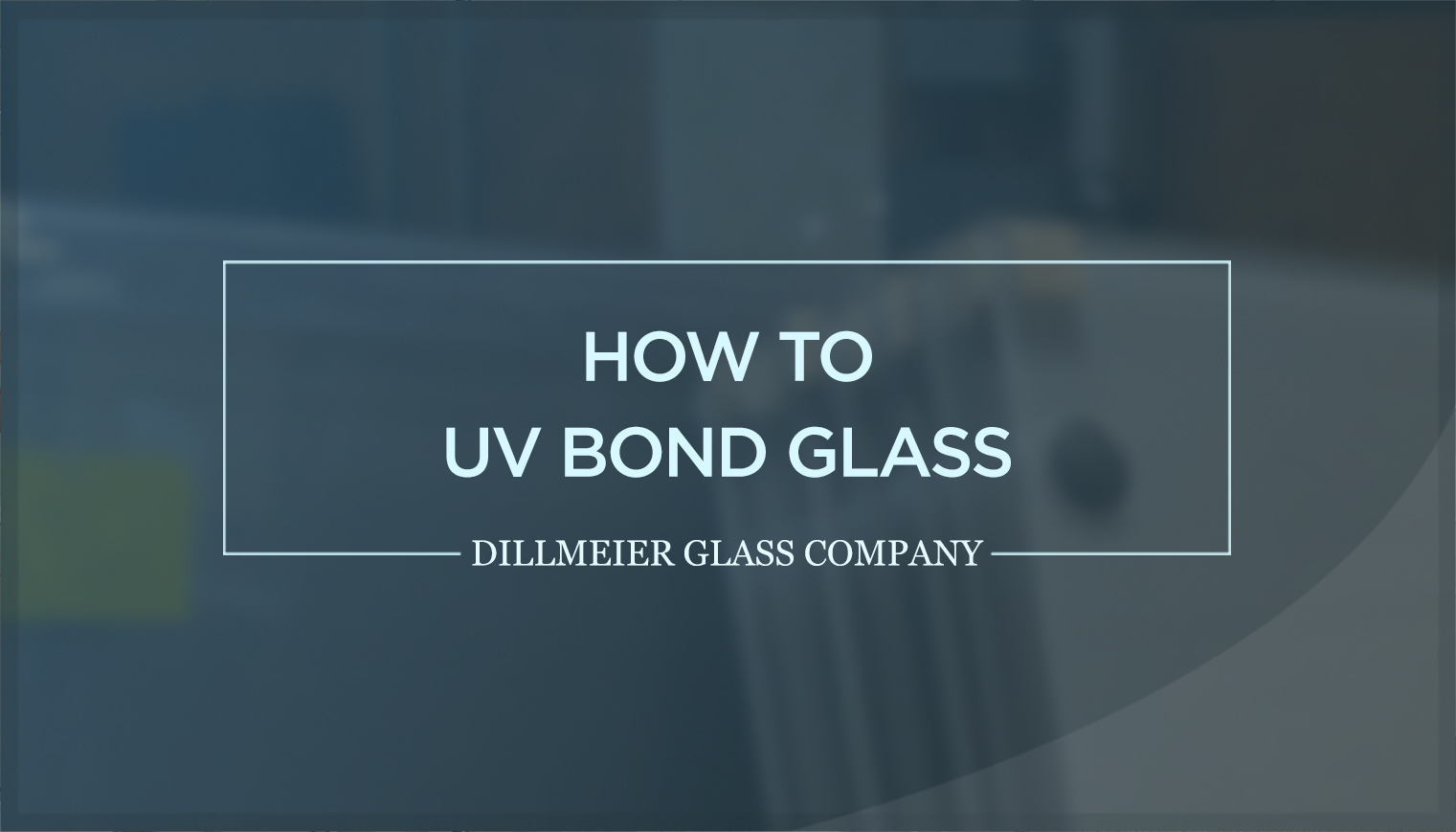
Editor’s Note: This blog post was originally published in March 2020 and has been revised to reflect industry updates.
Ultraviolet (UV) bonding involves the preparation and joining of two glass pieces utilizing a specialized, two-step adhesive process of pre-curing and final curing.
When successful, the UV bonding adhesive should be minimally visible, with smooth and clean lines. This is used frequently for retail applications, such as creating frameless glass display cases. Despite involving several pieces of glass, UV bonding produces an elegant and seamless display.
Before discussing how UV bonding can achieve a desirable appearance, let’s first address its relevant applications, security features, and more.
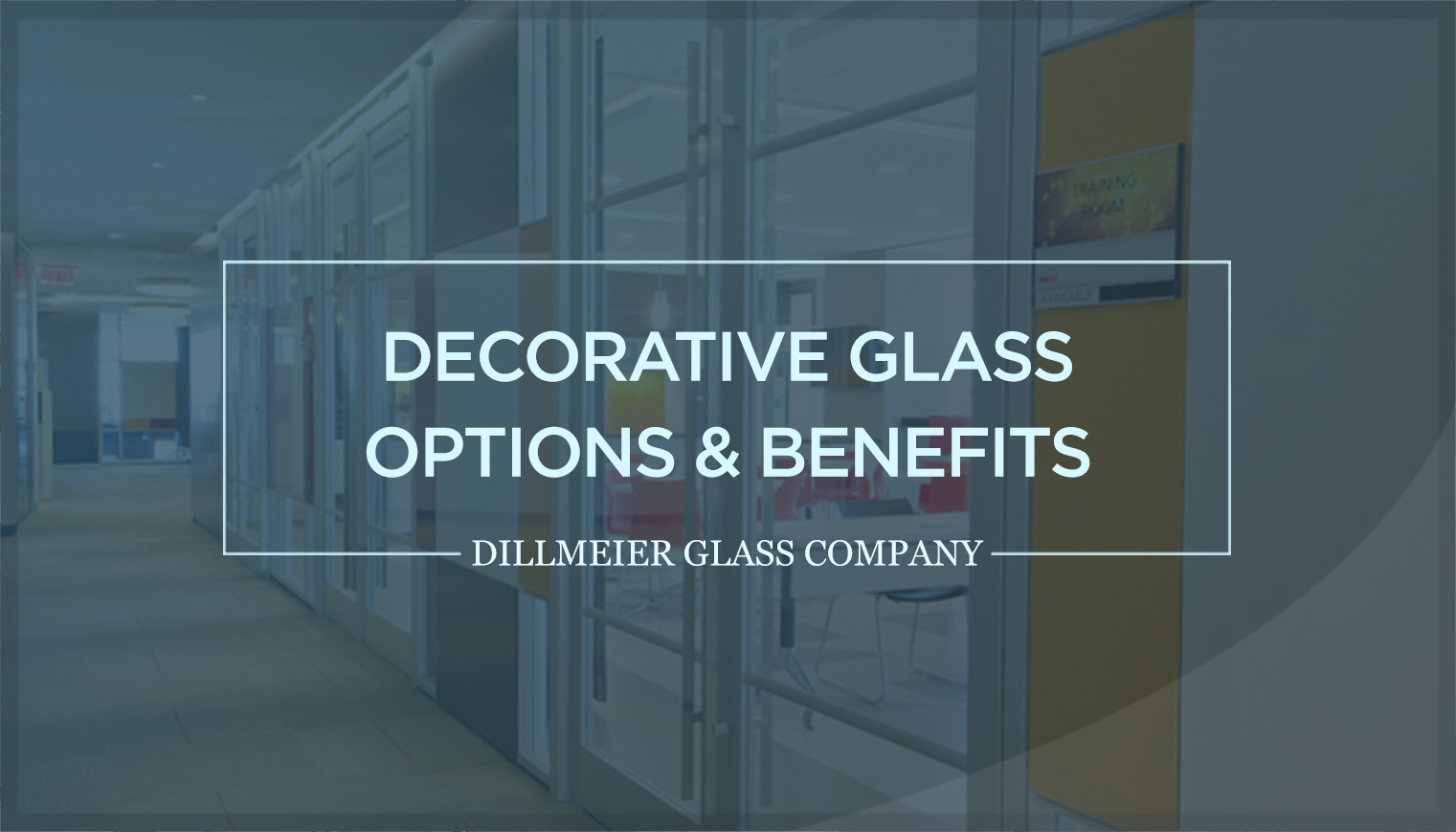
Editor’s Note: This blog post was originally published in June 2020 and has been revised to reflect industry updates.
Decorative glass is often utilized in various industries and applications for its unique color options, textures, customizations, branding, and other design elements. It adds extends natural light within interior spaces, along with required privacy. With many customizable features including laminated glass, sandblasting, silkscreening, and back-painting it’s best to consult an experienced fabricator, such as Dillmeier Glass Company, to ensure your project achieves and exceeds your goals.
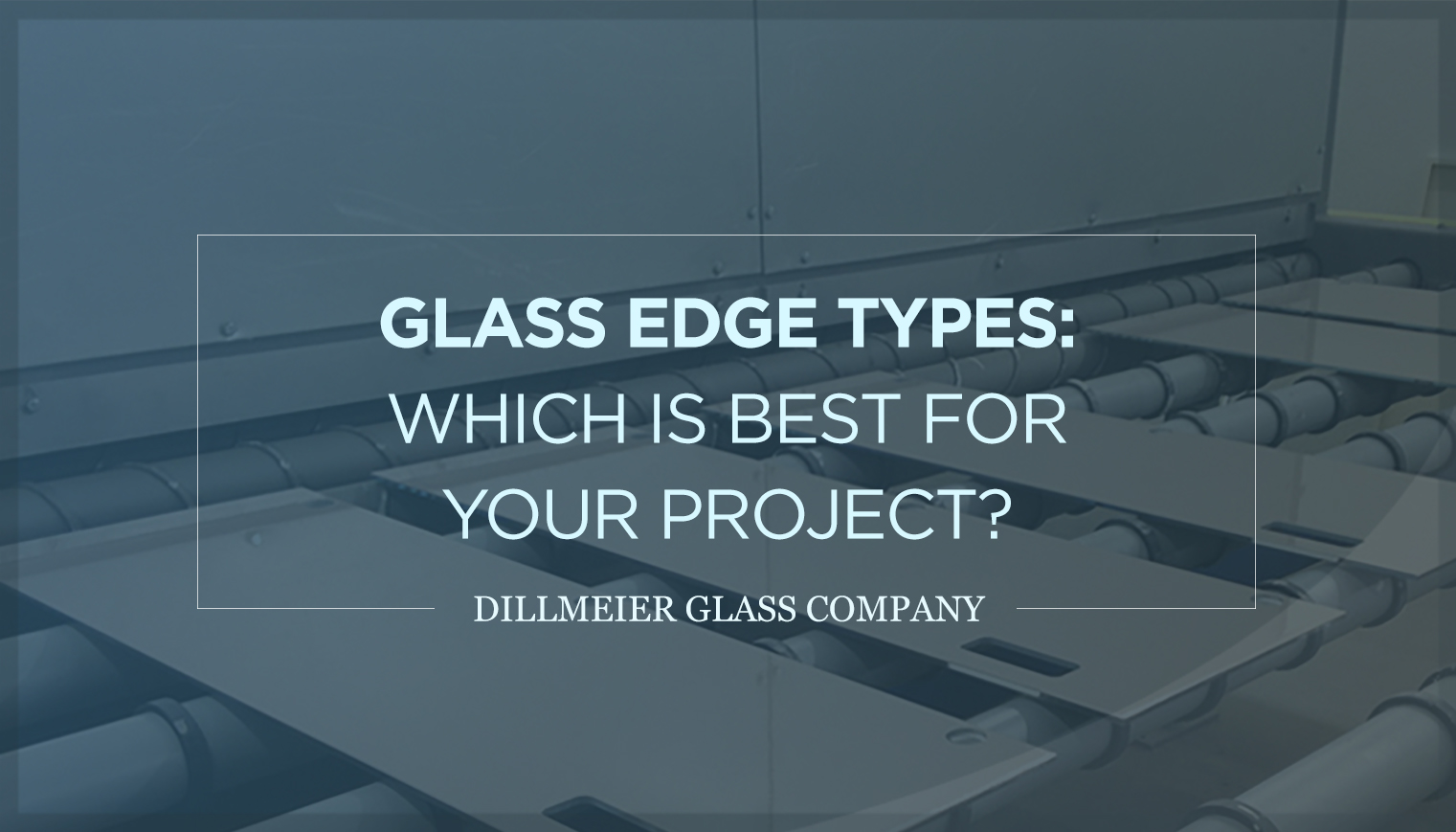
Editor’s Note: This blog post was originally published in February 2020 and has been revised to reflect industry updates.
When it comes to glass fabrication processes, one of the most important is edging. Creating a sophisticated, finished look, it’s often incorporated into conference tables, partitions, dividers and doors, markerboards, and display cases in a vast array of retail, hospitality, and office environments.
Glass edging adds style and character. It’s also easy to clean and maintain. Regardless of industry, custom edgework is additionally utilized to help prevent injuries from chipped or jagged glass corners. Choosing the best type is determined by several factors and considerations, such as the fabrication project, and intended application and usage.
Below we’ll discuss the glass edging process, review several types, and address why some are more appropriate for specific applications than others.
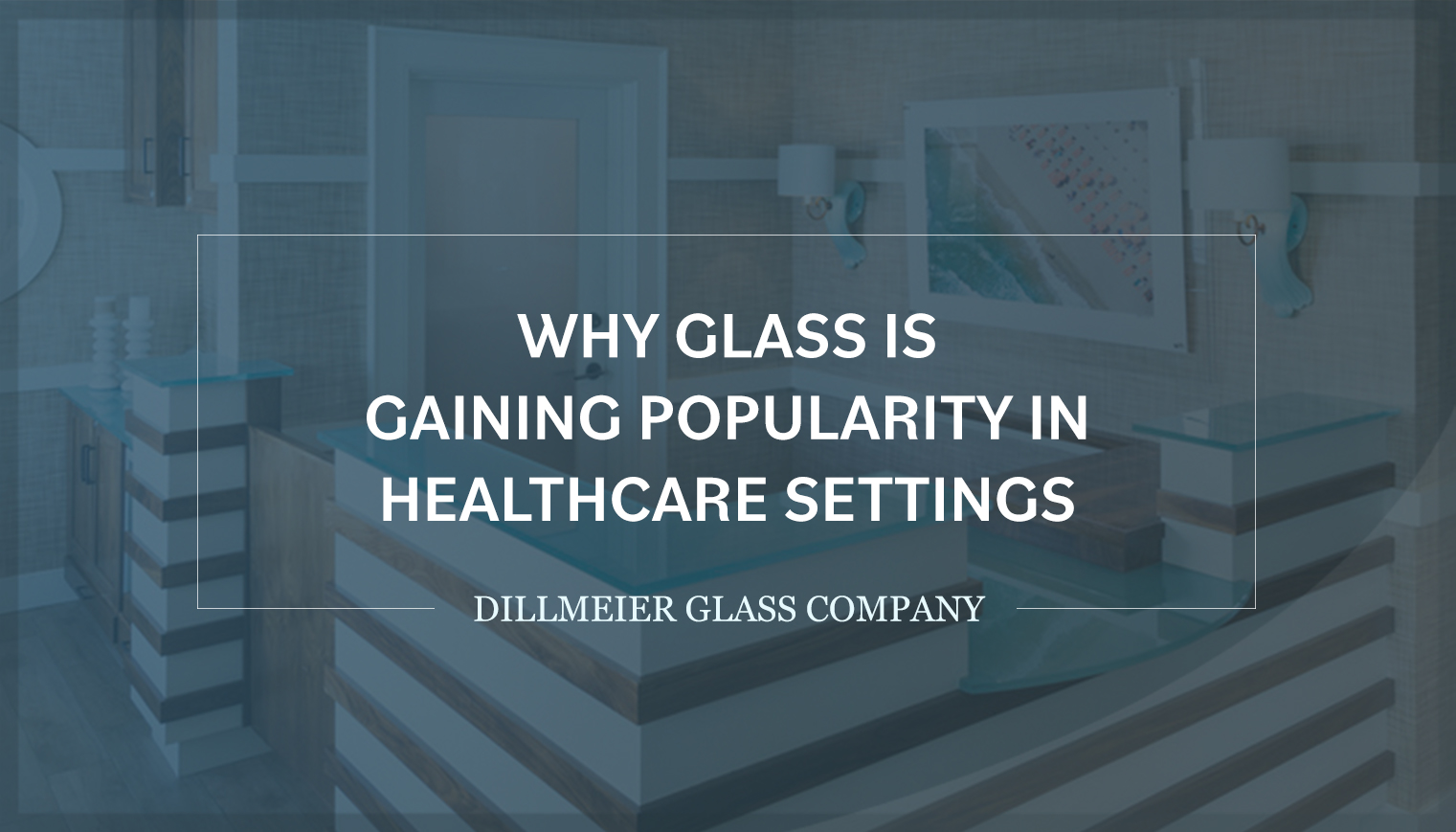
The coronavirus pandemic prompted retailers, healthcare facilities, hospitality venues, corporate offices, and others to immediately adopt health and safety protocols to protect their employees, customers, patients, and guests.